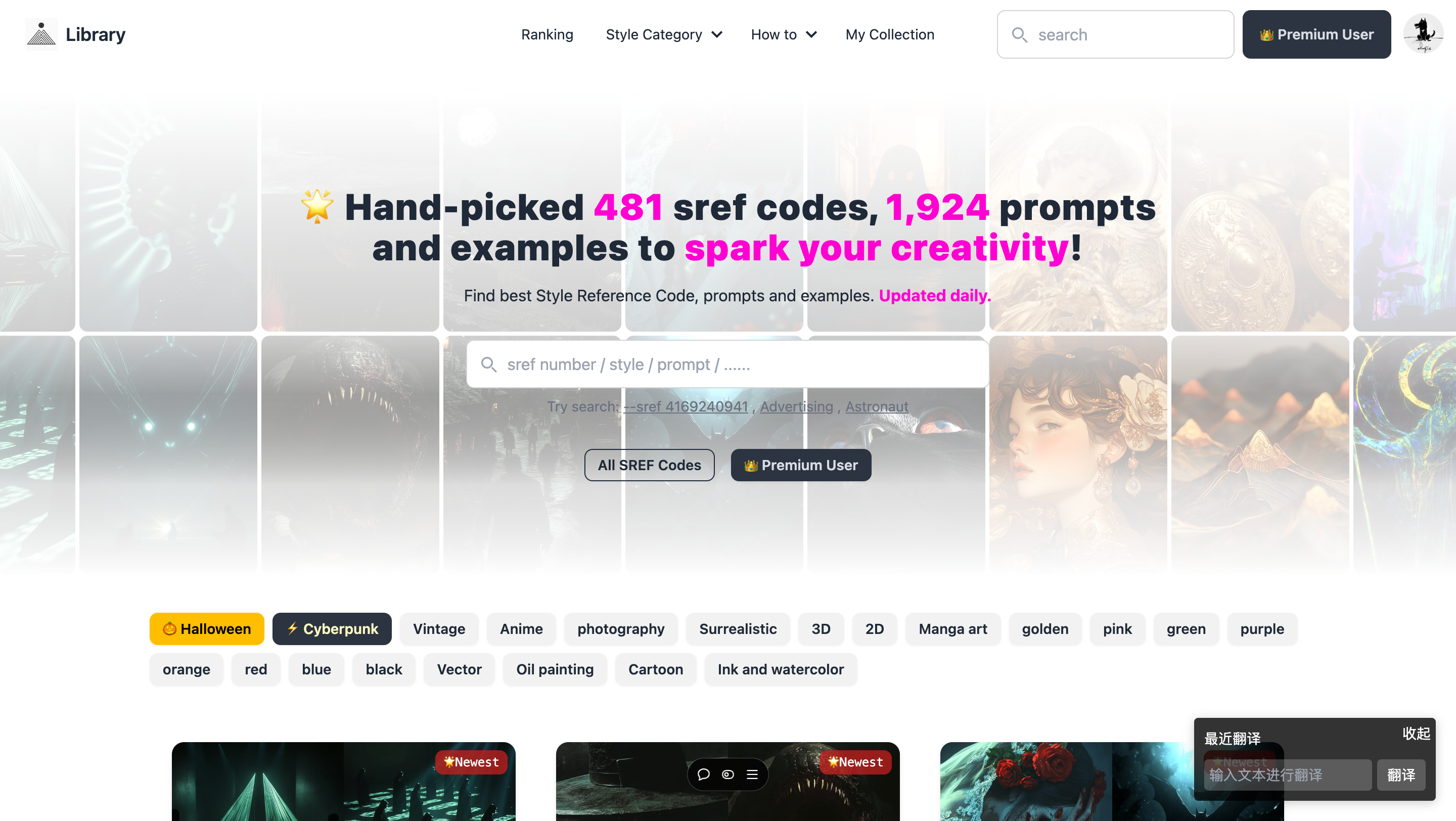Press enter or click to view image in full size
QR codes used to be those strange, blocky patterns on flyers or cereal boxes that nobody really knew what to do with. They were an industrial tool that somehow ended up in marketing. Today, that story has changed completely. A quick scan at a hawker stall, a bubble tea shop, or your neighborhood kopitiam now handles what used to require fumbling for cash or digging out a debit card. That simple square of black and white pixels has quietly become one of the most powerful tools in modern finance, used by millions of people from Singapore to Sao Paolo and everywhere in between.
This takeover didn’t happen by accident. It started when smartphones put a scanner in everyone’s pocket and accelerated because small business owners needed a cheaper way to get paid than buying expensive card terminals. China proved that an app could replace a wallet, and the rest of Asia quickly followed suit by building national standards and real-time transfer systems. What started as a piece of factory tech has transformed into the foundation for some of the fastest-growing payment economies on earth.
In this article, I want to explore how that shift happened and why scanning a code feels so natural to us now. I will walk you through the global standard that makes it…
.png)



